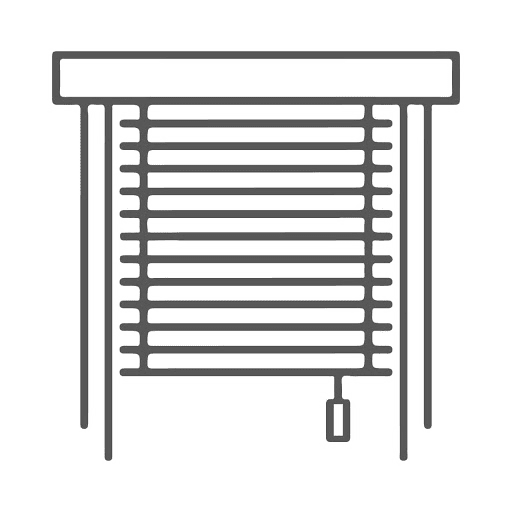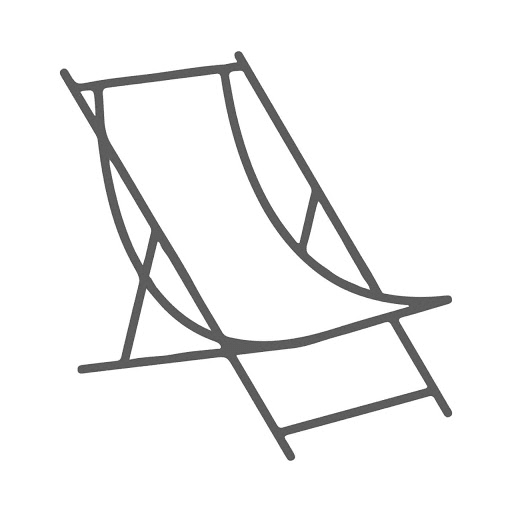- Plantation Shutters (1 Panel)
- Patio Door Plantation Shutters
- Cafe Plantation Shutters
- Perfect Arch Plantation Shutters
- Round Plantation Shutters
- Angle
- Octagon Plantation Shutters
- Eyebrow Arch Plantation Shutters
- Elongated Sunburst Plantation Shutters
- Arch Z Frame Plantation Shutters
- 1/4 Perfect Arch Plantation Shutters
- 1/4 Eyebrow Arch Plantation Shutters
- Pentagon Plantation Shutters
Everyone wants to be able to control the amount of natural light that enters the home while keeping a consistent decorative theme. The basic, cozy look of plantation shutters will fit right in with most styles of house, whether it be a traditional craftsman style or something more contemporary. Before you start the installation process, make sure that you have found shutters that are right for your home. Louver size, hinges, hardware, and shutter configuration are all things to consider when picking out shutters.
Be sure to familiarize yourself with your equipment and supplies before you begin. It may be beneficial to organize everything beforehand with each of the pieces in their own designated space for easy access. If the pieces are labeled, make sure to leave the labels on until you have finished the assembly.
Outside Mount
Tools Needed:
Drill with ¼” bit
Level
Measuring Tape
Pencil
Rubber Mallet (Optional)
Step-Ladder (Optional)
Step One – Assembling The Frame
This first bit should be fairly straightforward. Connect the top and bottom parts of your frame to the two sides. There will most likely be some plastic connectors to piece the four parts together. If you have a rubber mallet available, that will come in handy as you lock the pieces together. Make sure the pieces fit together evenly.
Step Two – Attaching the Frame
At this point, you will place your frame so that it fits nicely around your window. When you have it in the correct spot, drill three screws into the top of the frame; one in each of the two top corners and one in the middle. The frame should have predrilled holes in most cases. If a buddy is available to help hold the frame while you drill, this might make the process easier. Use a level to make sure that the sections are even. If the frame is not fitting against the window properly, double check that the four parts were assembled evenly.
Step Three – Attaching the Panels
You should now be able to attach the panels to the frame using the hinge pins. Double check that you are attaching the panel to the correct side of the frame. Once you have made sure that you have the right panel, you should be able to fairly easily hang the panel and push the hinge pin into the hinge, holding the panel in place. Repeat the process for the opposite side. Once your panels are hung, try opening and closing them a few times and make sure that they are aligned properly with the frame. The bottom of the frame should be hanging freely so it can also be shifted as necessary.
Step Four – Screw in the Frame
Once the panels are properly aligned with the frame and the placement is just how you want it, the next step is to finish screwing in the frame. Drill screws into the remaining pre-drilled holes in the frame. Use the level one more time to ensure that the frame is placed properly. If your shutters came with caps to fill in the drill holes, this is the time to put them in.
Step Five – Hardware
If you need to add knobs to your shutter panels, use your tape measure to measure vertically to find the midpoint of the panel frame. Put a horizontal line on each panel frame at the height you would like the knob to be. Find the midpoint of each line and draw a small vertical mark. The intersection of these two lines is where you will drill a hole and attach your knobs.
Inside Mount
Tools Needed:
Drill with ¼” bit
Measuring Tape
Level
Step-Ladder (Optional)
Step One – Fit to your Window
When hanging inside mount shutters, you will first want to measure the dimensions of your window to make sure you are buying the closest size to your window. Even if it does not fit quite right, many inside mount shutters will come with “filler strips” that can be stacked along the hanging strip to make sure it fits just right.
Step Two – Attach hanging strips
At this stage, it is important to understand what types of shutters you have. If you have a frame, simply assemble the frame with the equipment that came with the shutters. Once this is done you should be able to place the frame even with the window and drill it in, keeping it even as you go. If you have hanging strips, align the strip with the side of the window frame. The strip should be flush with the window frame and the hinges should stick out just far enough that the panel doors can open fully once attached. Once it is in place, drill into the middle pre-drilled hole to attach the strip, then drill into the top and bottom holes once you have adjusted and leveled as needed.
Step Three – Mount panels
This step should be fairly similar whether doing inside or outside mount. Place the panel into the hinges and insert the hinge pins. If your hanging strips or frame were placed properly, the panels should align evenly when closed.
Note: Some panels have a small piece etched out towards one end called a “mouse hole”. Before you put in your hinge pins, make sure this hole is on the top half rather than the bottom.
Step Four – Light Bar
If you are one of those people who used hanging strips rather than a frame, you may have two smaller bars called “light bars”. These are meant to go along the top and bottom of the window frame between the two hanging strips. These usually have a small magnet or a catch to ensure that the windows stay closed properly. Before you drill them in, make sure that the magnet or catch is aligned properly with the panels so that they stay closed properly.
Step Five – Hardware
If you need to add knobs to your shutter panels, use your tape measure to measure vertically to find the midpoint of the panel frame. Put a horizontal line on each panel frame at the height you would like the knob to be. Find the midpoint of each line and draw a small vertical mark. The intersection of these two lines is where you will drill a hole and attach your knobs.









